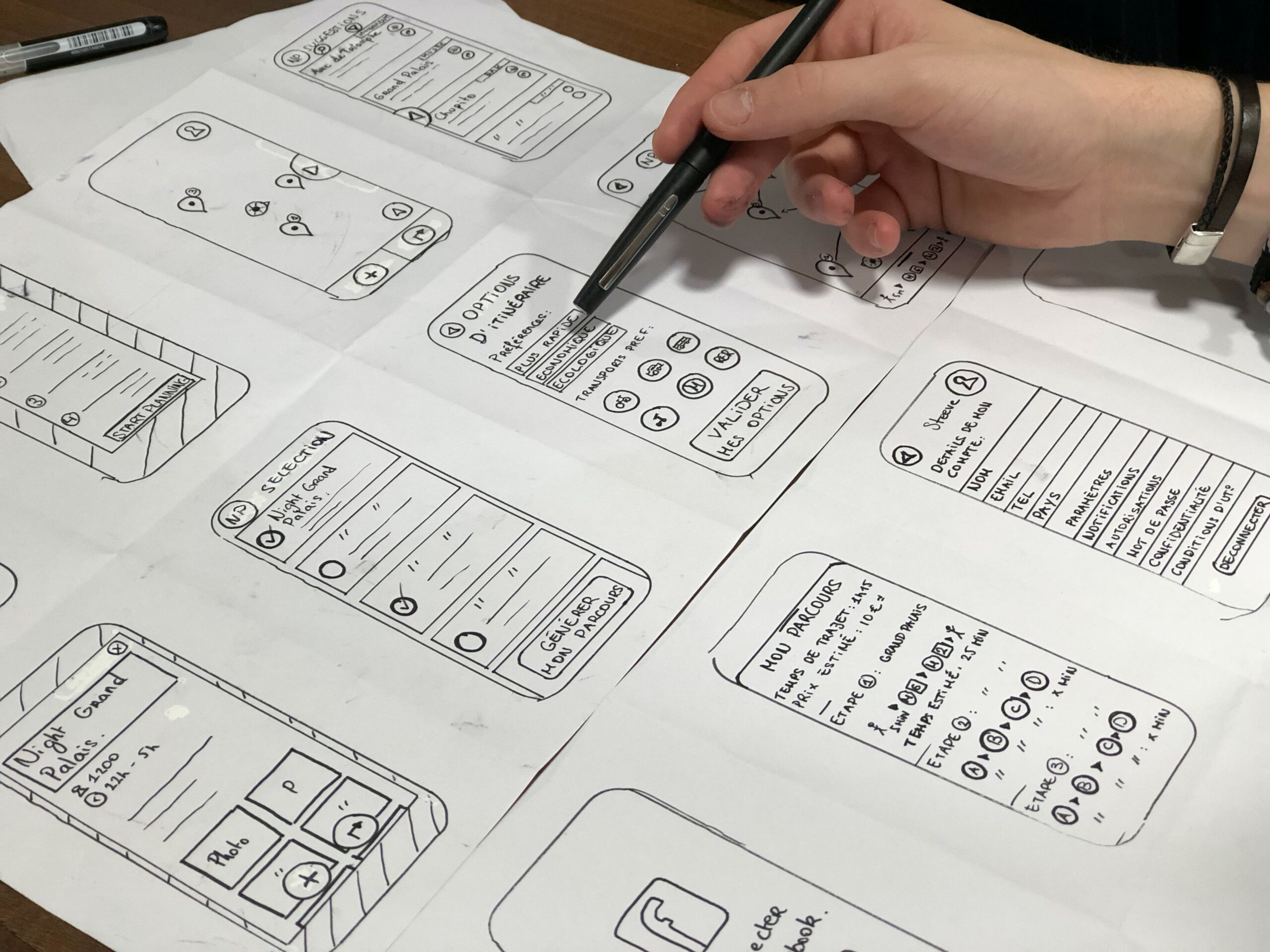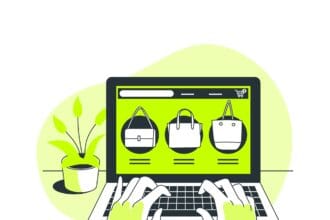
In today’s technologically advanced world, user experience (UX) design is an important issue in creating successful virtual services and products. The way one interacts with their website, app, or other digital platform has a huge impact on the user’s overall impression, satisfaction, and likelihood of retention. UX design includes how to use, availability, aesthetics, and customer pride forever.
In this issue, we’ll dive deeper into UX design techniques and break them down into simple and easy steps. Understanding these steps is essential to creating great customer propositions that align with the needs and wants of your target market. Building content that appeals to users plays an important role in ensuring that your product or service meets the user’s expectations and provides a seamless and enjoyable experience.
What is a UX Design Process?
The UX design process is a structured approach that focuses on creating great user experiences. It starts with understanding user needs through analysis, setting clear goals, prototyping, testing with users, and iterating. This iterative process ensures that the final product meets the user’s expectations.
User-revel in design services is essential to streamlining and simplifying the UX design technique and ensuring a green and effective consumer-centric method.
UX design services are essential to streamlining and simplifying the UX design technique and ensuring a green and effective consumer-centric method.
Why is the UX Design Process Important?
The UX design process is critical in creating successful digital products and services. Here’s why:
User-focused: The UX design process puts users at the center of product development. By understanding their needs, behaviors, and preferences, designers can tailor the product to ensure it meets users’ expectations.
Improves implementation: Through analysis and testing, the design process identifies implementation problems early. This provides an intuitive and user-friendly interface, reducing the learning curve for users.
Increases satisfaction: A well-designed experience leads to higher satisfaction. Interested users engage with the product, recommend it to others, and become loyal customers.
Reduces development costs: Fixing design flaws early in the development process is more cost-effective than making changes later in the design. The UX design process helps identify and fix problems before they become bigger problems.
Increases conversion rates: A simple and intuitive user interface can dramatically improve conversion rates. If users can easily navigate and understand the product, they are more likely to complete desired tasks.
Fosters Brand Loyalty: Exceptional person reports build agreement with and loyalty closer to an emblem. Users who’ve tremendous interactions are much more likely to go back and continue using the service or product.
Users revel in designing offerings in addition to bolstering the significance of the UX design process via providing specialized expertise and strategies to optimize person-centric design, ensuring excellent viable enjoyment for users.
The 8-Step UX Design Process
Step 1: Define
In this initial step, the task targets and dreams are outlined, preserving the consumer’s needs and expectancies in thoughts. Defining the task scope and expertise of commercial enterprise necessities are key factors of this phase.
Step 2: Research
Thorough research helps in understanding the target audience, market trends, and competitors. Gathering insights into user behaviors, pain points, and motivations is essential to inform the design process.
Step 3: Analysis & Planning
This step involves analyzing the gathered research data and planning the design strategy. Creating user personas, user journeys, and information architecture are critical components of this phase.
Step 4: Design
During this phase, the actual design work begins based on the insights from earlier stages. Designers focus on creating wireframes, visual designs, and UI elements that align with the defined project goals and user needs.
Step 5: Prototyping
Designers create interactive prototypes to simulate the user experience. These prototypes allow for testing and validation of the design concepts and functionalities before moving on to the development phase.
Step 6: Testing
User testing is conducted using the prototypes to gather feedback and insights from real users. This feedback helps in identifying any usability issues or areas of improvement in the design.
Step 7: Launch
After necessary refinements based on user testing, the final product is developed and launched. The launch phase involves deploying the product for users to access and interact with.
Step 8: Iteration
The UX design process is cyclical, and iteration is a vital step. Continuous feedback, user analytics, and evolving business needs are used to refine and improve the product, ensuring it remains relevant and valuable to users.
User experience designing services play a crucial role in each of these steps, providing expertise and specialized techniques to optimize the UX design process and deliver outstanding user experiences.
Conclusion
The UX design process is a dynamic and iterative approach that places the user at the core of product development. Through a series of well-defined steps—defining objectives, thorough research, strategic planning, design, prototyping, testing, launch, and iteration—designers can craft exceptional user experiences.
Understanding the importance of a user-centric focus, the UX design process enhances usability, boosts user satisfaction, reduces development costs, improves conversion rates, and cultivates brand loyalty. It’s a pathway to creating digital products and services that resonate with users and meet their expectations.
Furthermore, the integration of user experience designing services enriches this process by offering specialized knowledge and methodologies. By leveraging these services, organizations can streamline the design process, optimize user interactions, and ultimately deliver superior experiences that keep users engaged and delighted.
In embracing the UX design process and utilizing user experience designing services, businesses can unlock a realm of opportunities to not only meet but exceed the needs and desires of their audience, ultimately driving success and growth.








